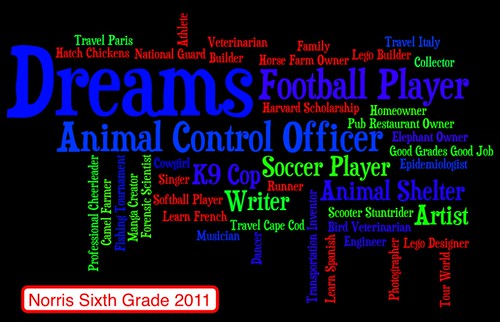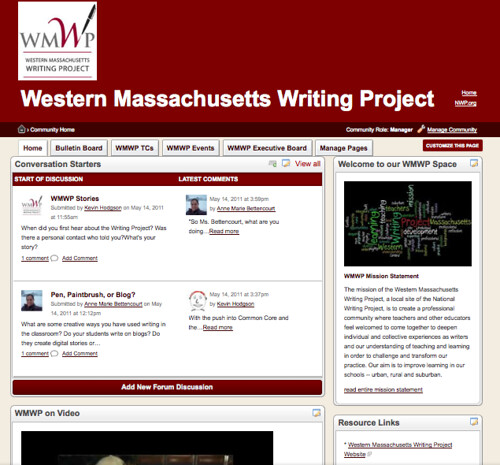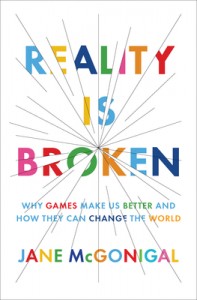
(Note: I sent this in to McSweeney’s for a contest they were having to find new columnists. I didn’t expect to win. I didn’t. But, that means I get to share this little bit of satire here. My aim was to take aim at No Child Left Behind.- Kevin)
Notes Sent to the “Child Left Behind”
By Kevin Hodgson
Hey Kid,
Sorry about that. There was a mad rush to the bus and kids were crawling all over the place. I thought I had the right count before I hit the gas, but I guess dropping out of high school to get a job driving a school bus has its limits. Counting squirming heads was never my strength. Stay in school, kid. If you make your way back to school, I mean. Gosh. I really am sorry about leaving you behind and I hope your parents aren’t all that mad at me.
Peace out,
Brian (the bus driver)
Dear James,
I want you to know that I thought you were with us. I could have sworn you were with us, that you were making good progress with the rest of the class as we exited the Museum of Musical Instruments. But it’s early in the year, and to be honest, I haven’t yet memorized all of your names and faces yet. Did you realize how closely you resemble Sam Tinson? It’s uncanny, really, and when he got counted and then crawled under three seats in order to steal Stephanie’s snack, I thought it was you, and counted you. I know this push for “individualized students” in our schools means I should know better, but I’ve taught this way for the last twenty years. I’m glad to hear that you took the cab back from the museum, although I wonder who will be the one will have to “pay” for it? Probably, me. The teacher always gets the blame. But, don’t you worry about that, James, you just keep doing what you’re doing. Whatever that is. Or maybe you could try to do better. Can you do that for me?
With apologies,
Mr. Hanniford
PS — I still for the life of me not remember what you look like …
Dear James Marshall,
You may not know me, but I am the United States Secretary of Education, down in Washington DC. I work right next to the president! That’s right — the president! I heard through the news that you were “the child left behind,” and I wanted you to know that this is inexcusable. Even the president said so. So did the last president. There should be no child left behind, ever. Unless the state .. err, I mean, your teacher decides to apply for a waiver. Then, we may leave a few children left behind. Not many. Not enough to fill a bus, that’s for sure. I just wanted you to know that I am concerned about the education you are getting at that school and there will be accountability measures brought to bear. Count on that!
Sincerely,
Secretary of Education Arne Duncan
Washington DC (next to the President!)
Yo Ugly Face!
We didn’t miss you at all. And in case you didn’t know, we got pudding pops on the bus ride home, as a reward for good behavior. Mr. Hanniford said “incentives are key to learning,” although I heard him muttering under his breath about something to do with reform or conform or something to Mrs. Shinklemeyer. Since you were left behind, I slipped under the seats and got a second pudding pop when Mr. Hanniford came around. It was good! I feel incentified!
Sam
Mr. and Mrs. Marshall,
I am writing to you to let you know your son, James, left his writing notebook here at the Museum of Musical Instruments on that fateful day which has been covered by all of the city newspapers. His name is on the cover of the notebook, and although I know he had a stressful day here at the museum — or rather, on the way home from the museum — I am surprised to find that his notebook is completely empty. There’s not a single note or sketch anywhere in it. In fact, it seems as if he were ripping pages out to make paper airplanes. We found a few in the giant Tuba section and wondered how they go there. Now we know. Is that the kind of effort he often puts into his school assignments? No wonder he was left behind. Maybe he should try a little harder. The notebook will be at our Lost and Found window, if you want it back.
Yours in the Arts,
Susan Chancing, youth coordinator of the Museum of Musical Instruments
Peace (in the satire vein),
Kevin






